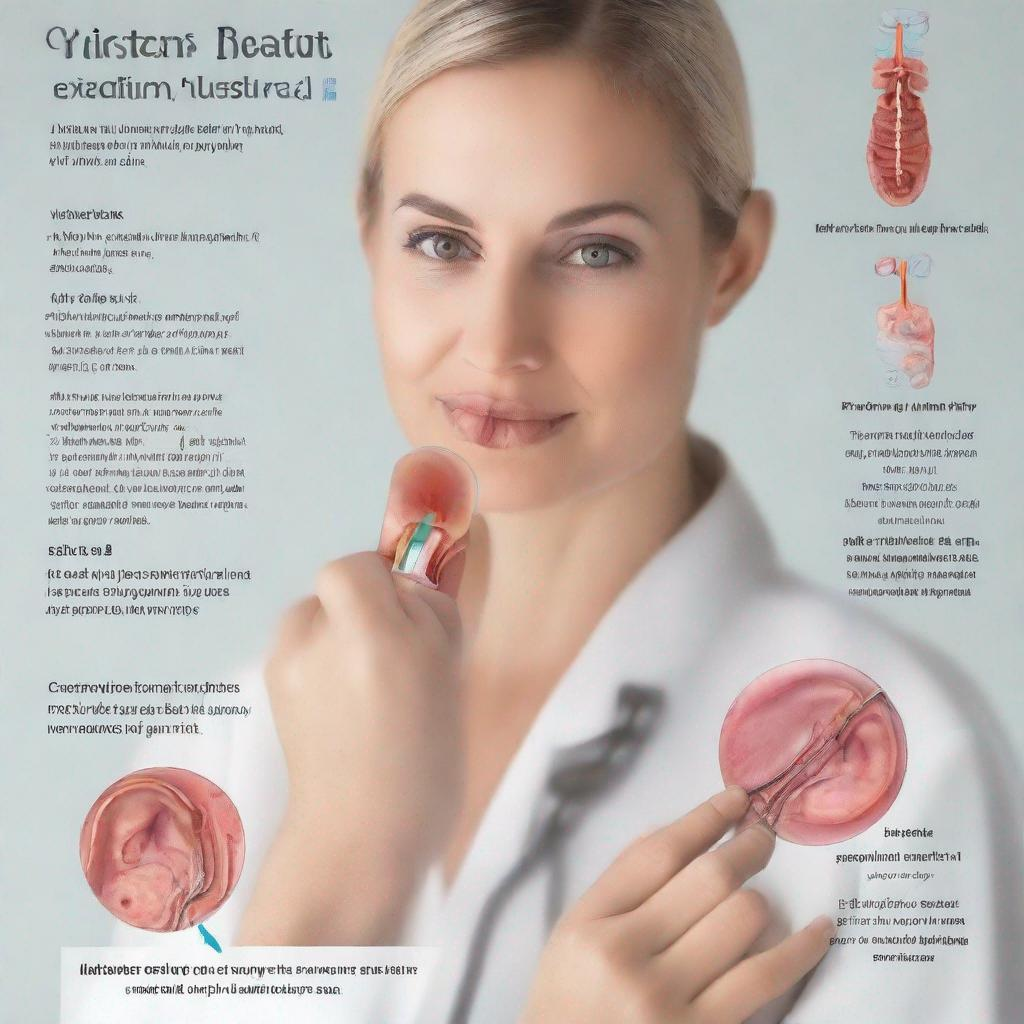## HEENT Examination: A Comprehensive Guide for Medical Diagnosis
### Introduction
The HEENT examination, also known as the ear, nose, and throat (ENT) or otorhinolaryngology examination, is a comprehensive medical test that evaluates the head and neck region. This test helps identify a wide range of conditions and diseases affecting these areas.
### Procedure
A HEENT examination typically involves a physical examination, as well as specific tests to assess different parts of the head and neck. The tools used may include:
* Otoscope for examining the ears
* Nasal endoscope for viewing the nasal passages
* Laryngoscope for visualizing the larynx
* Ophthalmoscope for inspecting the eyes
* Tongue depressor for examining the oral cavity
* Tuning forks for testing hearing
* Sensory testing equipment for evaluating nerve function
The examination is typically performed by a healthcare professional such as an otolaryngologist (ENT doctor), a primary care physician, or a neurologist.
### Diagnosis
The HEENT examination can help diagnose various conditions and diseases, including:
– Nasopharyngeal carcinoma
– Rhinitis (inflammation of the nasal passages)
– Sinusitis (inflammation of the sinuses)
– Otitis media (infection or inflammation of the middle ear)
– Tonsillitis (inflammation of the tonsils)
– Pharyngitis (sore throat)
– Laryngitis (inflammation of the larynx)
– Thyroid disease
– Goiter (enlargement of the thyroid gland)
– Bell’s palsy (paralysis of the facial nerve)
– Trigeminal neuralgia (chronic pain condition affecting the trigeminal nerve)
– Facial nerve palsy (paralysis of the facial nerve)
– Ocular motility disorders (abnormalities in eye movements)
– Diplopia (double vision)
### Importance
The HEENT examination is essential for detecting and managing various diseases and conditions affecting the head and neck. It allows healthcare professionals to:
– Identify underlying medical issues early on
– Monitor and assess the progress of existing conditions
– Provide appropriate treatment and interventions
### Alternatives
In some cases, alternative tests or procedures may be used to supplement or replace the HEENT examination. These may include:
– Computed tomography (CT) scan
– Magnetic resonance imaging (MRI)
– Biopsy
– Audiometry (hearing test)
– Electromyography (EMG)
### Preparation
No special preparation is typically required for a HEENT examination. However, it is helpful to inform the healthcare professional of any current symptoms, medical conditions, or medications being taken.
### Duration
The HEENT examination usually takes approximately 15-30 minutes. The results are typically available immediately at the end of the examination.
### Recommendations
Based on the findings of the HEENT examination, additional tests or procedures may be recommended, such as:
– Further imaging studies (e.g., CT scan, MRI)
– Audiological evaluation
– Neurophysiological tests
– Biopsy for tissue examination
### Conclusion
The HEENT examination is a valuable medical test that helps diagnose a wide range of conditions and diseases affecting the head and neck. It enables healthcare professionals to provide early detection, accurate evaluation, and appropriate management of these conditions, leading to optimal patient outcomes.



